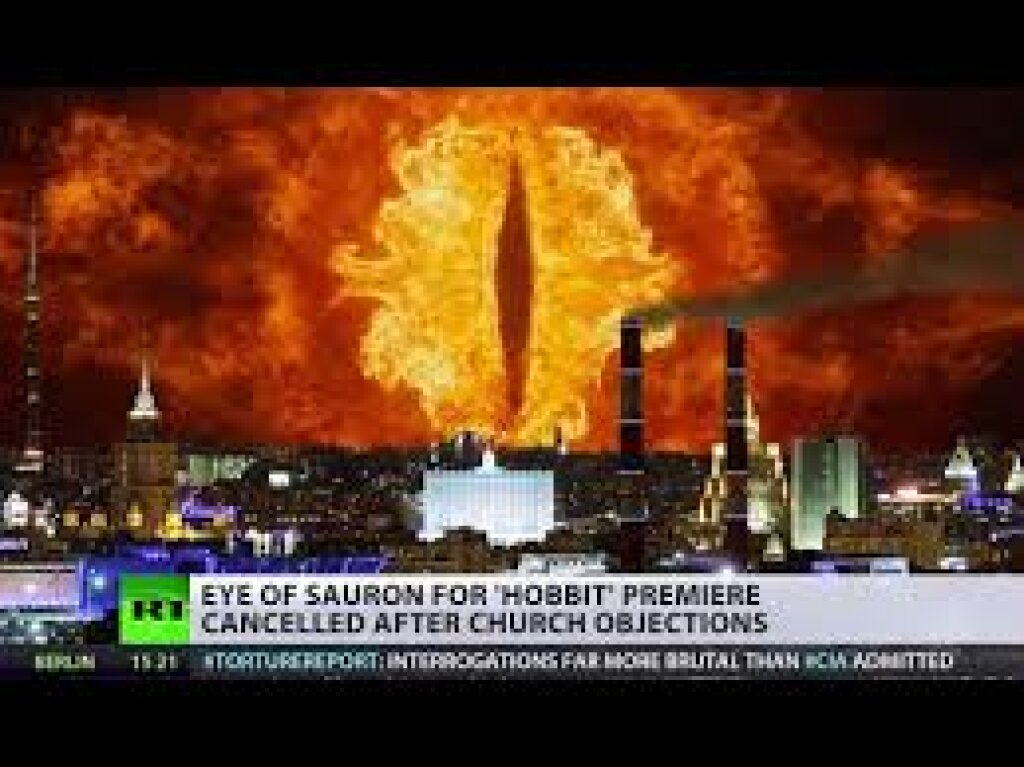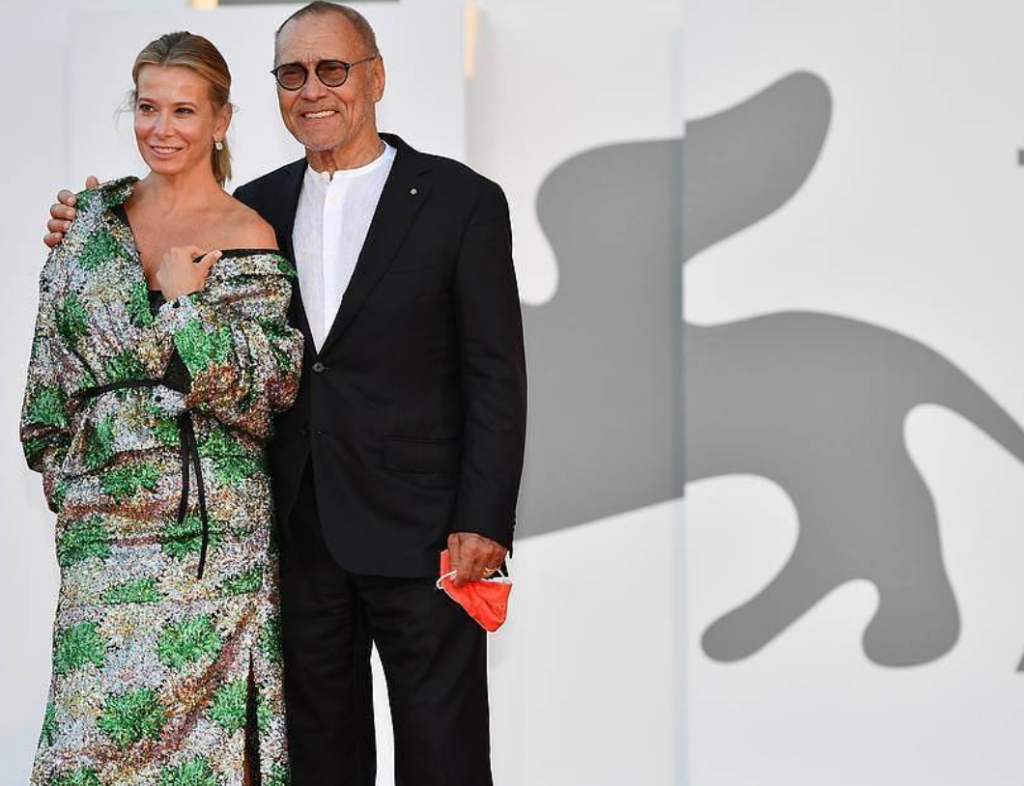This post is the beginning of Chapter 3 of Russia’s Alien Nations: The Secret Identities of Post-Socialism, an ongoing feature on All the Russias. It can also be found at russiasaliennations.org. You can also find all the previous entries here.
An earlier version of part of this chapter was originally featured on plostagainstrussia.org, as Chapter Four. It was not included in the final manuscript.
Chapter 3
Russian Orc:
The Evil Empire Strikes Back
“What has become of the miserable Orcs?” said Legolas.
“That, I think no one will ever know,” said Gandalf.
—J. R. R. Tolkien, The Two Towers.
“Well, what can you expect from Orc?”
Viktor Pelevin, S.N.U.F.F.
I urge you to beware the temptation of pride–the temptation of blithely. declaring yourselves above it all and label both sides equally at fault, to ignore the facts of history and the aggressive impulses of an evil empire, to simply call the arms race a giant misunderstanding and thereby remove yourself from the struggle between right and wrong and good and evil.
—Ronald Reagan
Sauron Does Moscow
Since sending its “polite little green men” into neighboring Ukraine in 2014 the Russian Federation has had an image problem. A large segment of the Western media has reduced the birthplace of Dostoevsky and Tolstoy to a caricature of invasion-happy, gay-bashing ultranationalists led by a shirtless man on a horse. So of course, the obvious solution was to deck the skies of Moscow with one of the most internationally recognized symbols of evil this side of the swastika. In late 2014, in honor of the final installment of the eighty-seven-part Hobbit film series, the Russian art group Svechenie decided to crown the Moscow International Business Center with the All-Seeing Eye of Sauron.
To be sure, this was not a government project; indeed, the group of hardcore Tolkien fans who constructed the Eye claimed to have been taken aback by an outpouring of criticism whose intensity rivaled Mount Doom itself.
As soon as word got out about the group’s plans for the Eye of Sauron, the Russian Orthodox Church Head of Public Affairs at the time, Vsevolod Chaplin, denounced the Eye as a “demonic symbol”:
““Such a symbol of the triumph of evil is rising up over the city, becoming practically the highest object in the city. Is that good or bad? I’m afraid it’s more likely bad. Just don’t be surprised later if something goes wrong with the city.””
For Chaplin, this was par for the course; the man could find demonic symbols in his breakfast cereal. And, to be fair, the Russian Orthodox Church leadership is not the only religious group to go overboard with its warnings about the forces of darkness lurking in popular culture. Recall the American fundamentalist Protestants fuming over the “satanic” magic in the Harry Potter series. But the Russian Orthodox Church hierarchy had been prevented from issuing such proclamations about mass culture for seven Soviet decades; in the last ten years, it seems as though they’re determined to make up for lost time.
In any case, the Eye of Sauron was quickly closed, and, unlike in the original books, it didn’t even require a thousand pages of turgid prose and relentlessly merry ballads for this worthy quest to reach its completion.
Next: Creatures of Light and Darkness



